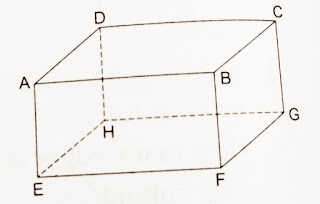Class 8 Linear Equation (in one variable)

Linear equation : The equation in which one variable present and highest degree is 1 is called linear equation in one variable. Equation : An equation is a statement of equality of two algebraic expressions involving one or more unknown quantities, called variables. Rules for solving a linear equation: i) we can at the same number on both sides of the equation ii) we can subtract the same number from both sides of the equation iii) we can multiply both sides of the equation by the same non zero number iv) we can divide both sides of the equation by the same non zero number. 1) two numbers are in the ratio 5 : 4. Is the sum of the numbers is 207,find the numbers. 2) 3/4 of are number is 10 less than the original. Find the number. 3) Five-sixth of a number is 20 more than three-fourths of the number. Find the number. 4) Thirty is divided into two parts such that 6 times of the fir...


